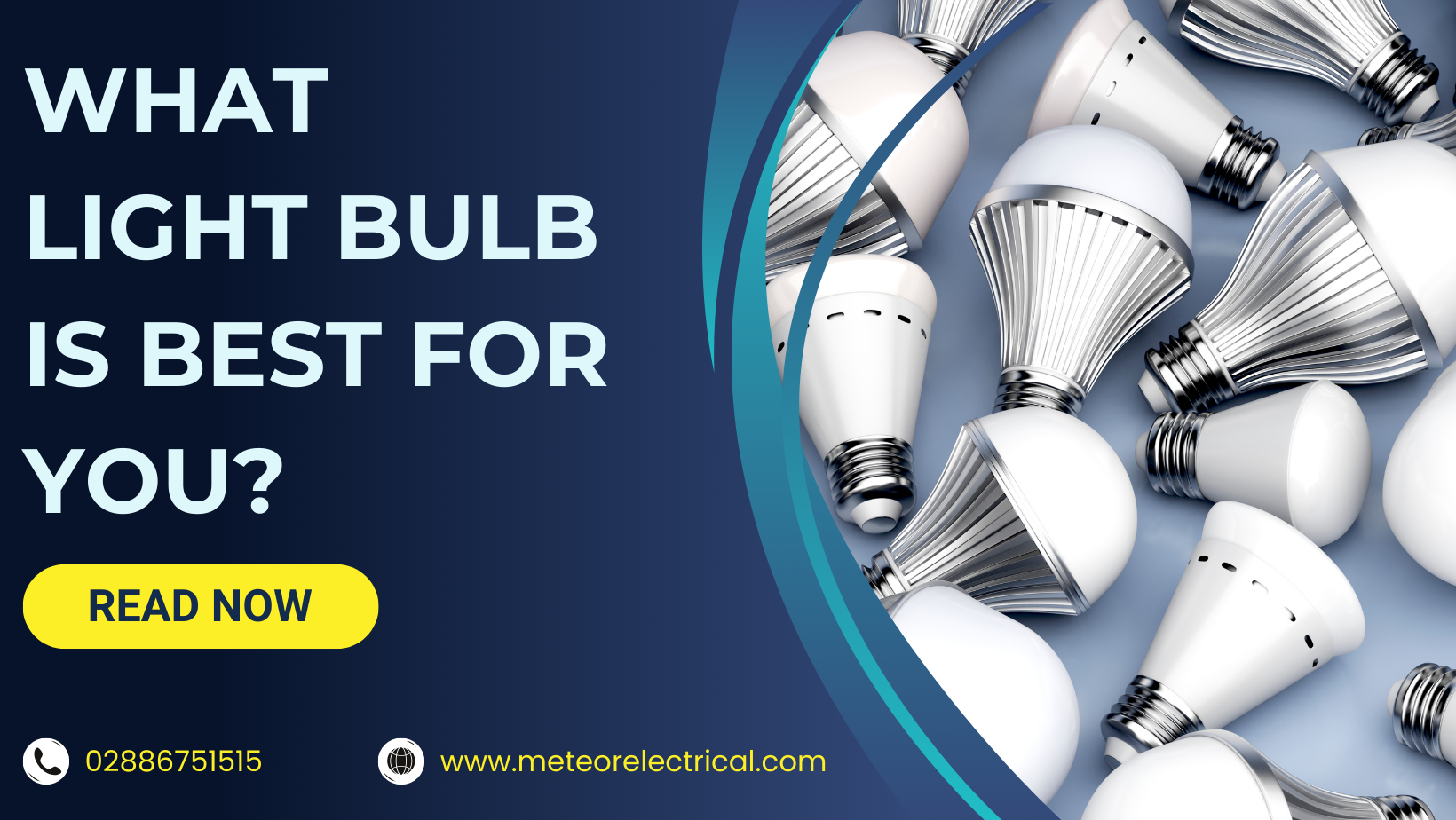What bulb is best for you?
The lighting market has gone through the roof since incandescent bulbs were taken off the market and replaced with energy saving bulbs. With many choices out there it can be difficult to decide which one is right for you, so we have compiled this guide to show you everything you need to know about LED bulbs.
Step 1 Choose the right fitting
With so many fittings available its best to take the old bulb with you so that you know exactly what you are looking for, but if you can’t do this you will need to write down the fitting and take it with you to match it to the new bulb.
Step 2 Is LED an option?
There are three types of regular light bulbs these are CFL’s, Halogens or LED’s all three of these bulbs come with pros and cons but we have broken it down into simple terms below.
CFL
CFL bulbs are cheap and readily available however they have been known to be quite slow to brighten but as the years go on this has been slowly improving. The main benefit to these bulbs is that they are four times more efficient than incandescent bulbs and have an annual running cost of approximately £2.04.
Halogen
Light that is produced for halogen bulbs are very similar to incandescent bulbs in terms of both quality and colour as they both use tungsten filaments. Because of this there is little difference between the two in regards to energy usage. Halogen bulbs have a short life span as they typically only last two years therefore the bulb is unlikely to pay for itself before it breaks.
LED’s
LED bulbs are expensive to buy but the pros out balance the cons as these bulbs should last for up to twenty five years. They also use 90% less energy than traditional incandescent with a massive saving of £180 over the bulbs lifespan.
Step 3 Brightness & Colour
.What type of light would you prefer? In other words what brightness do you need in terms of watts and lumens output which is measured on the Kelvin scale. This may sound confusing but don’t worry we will explain it below.
Watts & Lumens
Since the introduction of energy saving bulbs light output is measured in lumens, with incandescent bulbs light input was measured in watts which is the measure of power., with energy saving bulbs the higher the lumens the brighter the light.

